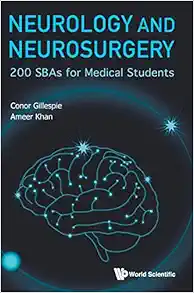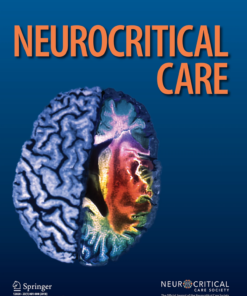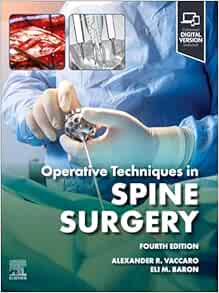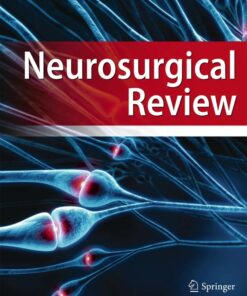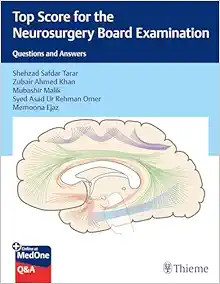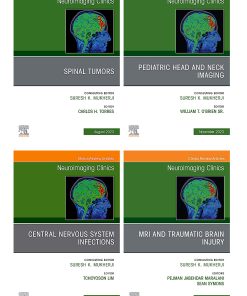- Hardcover: 484 pages
- Publisher: Tfm Pub Ltd; 1 edition (September 2, 2012)
- Language: English
- Type : PDF
- ==========================+======================
-
Note : We will send ebook download link after confirmation of payment via paypal success
Contact Email : [email protected]
Payment methods: Visa or master card (Paypal)




